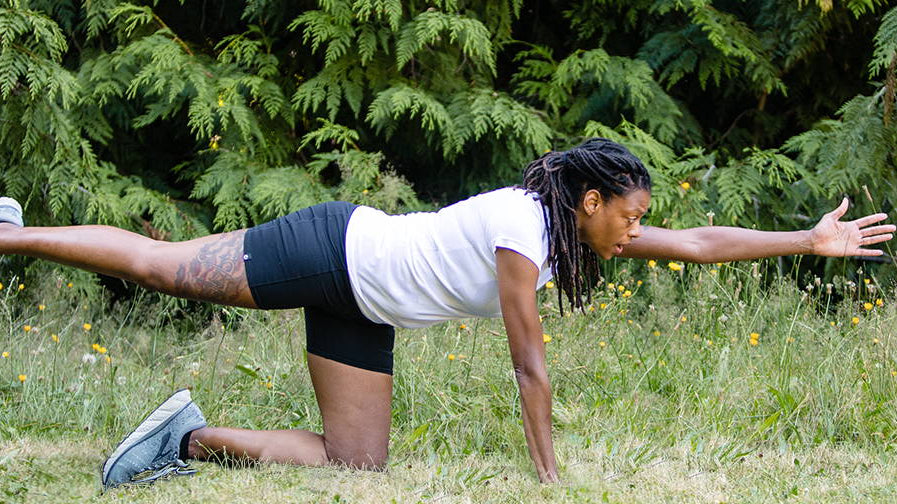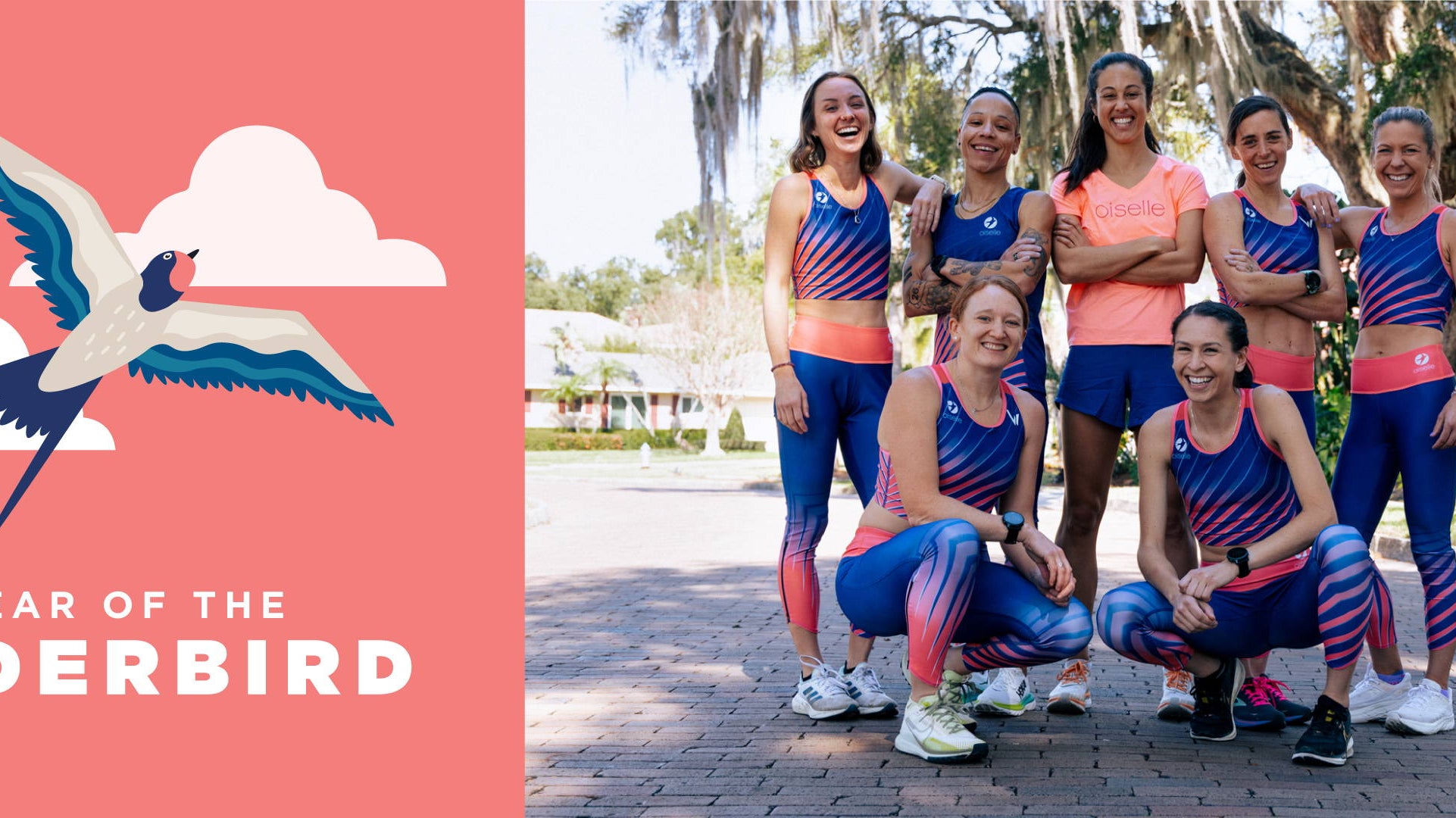Recently I was re-reading Lauren Fleshman’s piece in the recent Oiselle mailer - “Get Strong for What?” - and thinking about ways to bring more intentionality to my running. As Lauren puts it, “...even when you are serving yourself, find yourself shining that post-run glow on others.” I’m choosing to focus on food insecurity this month. Food insecurity is a growing stressor for many families during this time of Covid, and there are so many ways to give: volunteering at a local food pantry, donating food items, donating money to food banks. I’ve been inspired by Volée members who are actively supporting programs in their communities, so I asked them where to start.
Cassie Ravo, a Volée member from Washington, DC, is part of the leadership council for her local food pantry and I couldn’t think of a better person to share the best ways to get involved.
First off, she suggests signing up for your local community food pantry email, to find out the weekly needs. Luckily many local businesses are supporting local food banks with masks, fresh foods, cleaning supplies, and you can help fill those gaps. Offer to pick up the specific items needed for the week, maybe it's a few extra bags of apples you notice are on sale that week, and there is always a need for eggs and other dairy products. Is your stack of paper shopping bags growing each week? Most pantries double-bag their groceries so they always need your extras. Something you might think about is cooking staples, such as oil and seasonings, those basics are always welcomed by the families in need. Don’t have time to head get out to the store? Instead of cleaning out your personal pantry of shelf-stable items, Cassie suggests making a financial donation so that the team can purchase exactly what is needed.
Looking for something more personal?
How about assisting a neighbor who might not have the ability to get their basic needs. Volée member Daniela recently shared how her NYC community has come together to establish a mutual aid program to assist elderly neighbors who are less mobile. Where did they start? Recruited friends, family, and neighbors, then began spreading the word in the community. They used flyers and established a point person at buildings throughout the neighborhood to identify those in need. Almost immediately, they got requests for assistance via phone and email, at times up to five or six per day. From there Daniela was able to match the request with available volunteers offering an option for a smooth shopping and delivery service for those in need.
Not quite sure where to start on your search for your local food pantry or mutual aid program?
Cassie recommends contacting your local department of human services. They usually support local food banks and offer supplemental services such as COVID-19 testing. They will be able to direct you to their list of community resources.
How are you serving others during this time of high need? We see all of you out there donating where you can, and would love to hear your stories. Share your story in the comments below or tag us in social media when you are out and about in your community.











Comments
There is a local womens shelter that i provided beauty essentials to. Women in the shelter need to feel pretty and beautify themselves. I provided natural hair shampoo, soap. Other facial essentials for the holidays. The shelter is located in Maryland